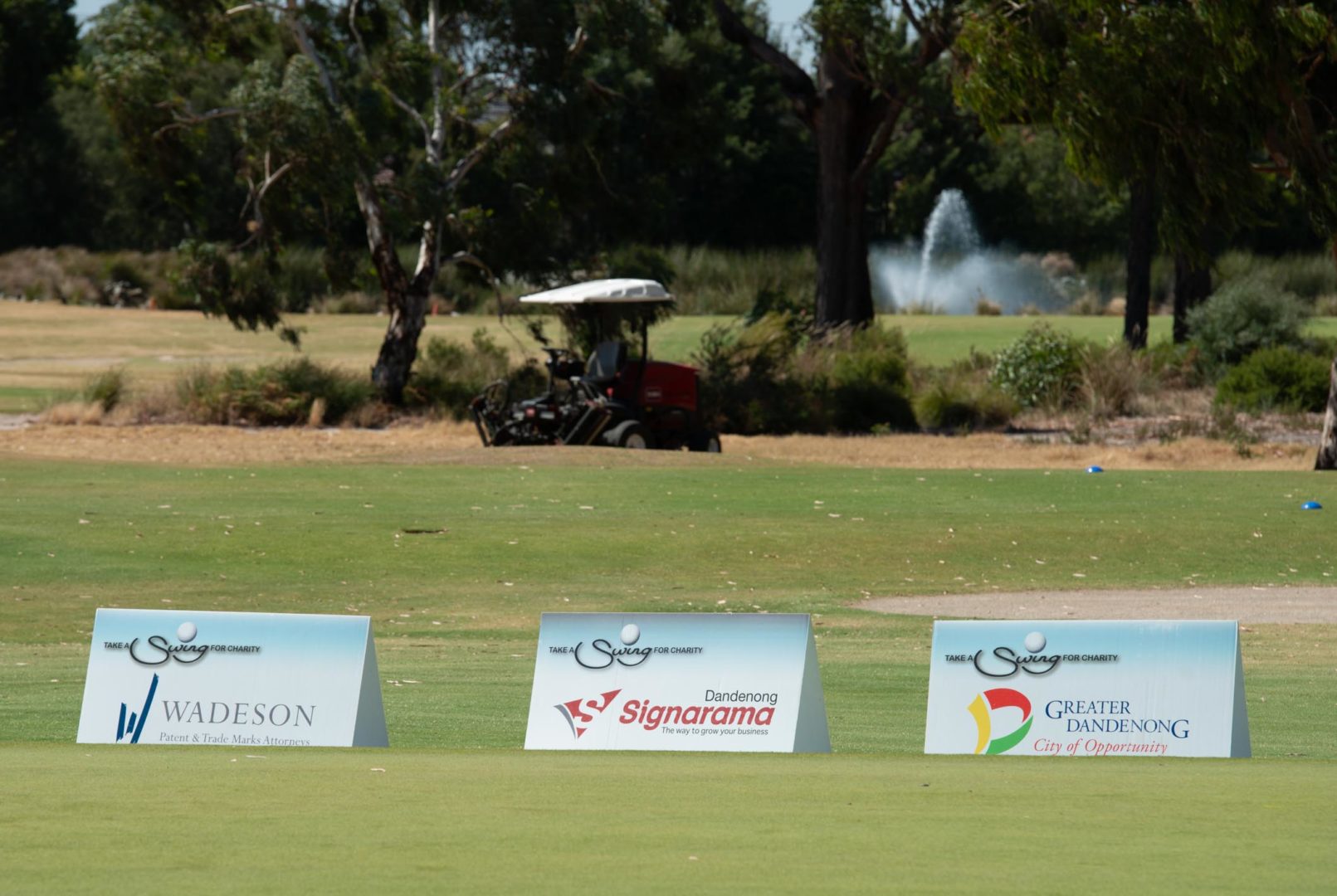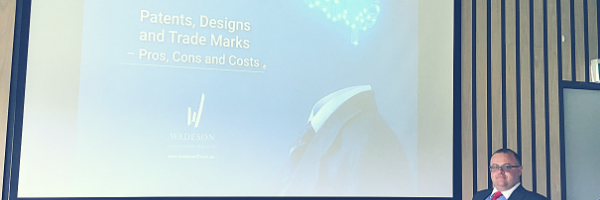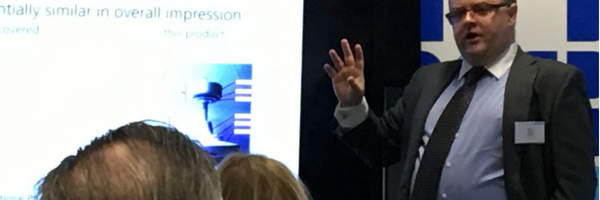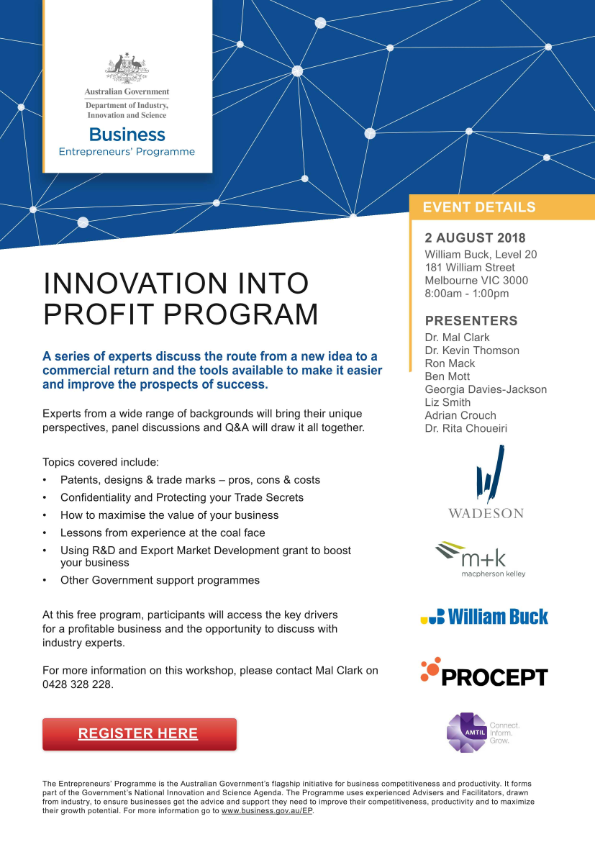On 25 September 2019 amendments to Australia’s patent regulations will take effect to simplify and clarify the requirements for translations when entering the national phase in Australia.
At present, if an international patent (PCT) application is not in English, a verified translation of the specification must be filed by the 31-month deadline. The current regulations are not entirely clear, although it is routine to proceed with:
- a verified English translation of the specification as amended during the international phase; OR
- separate verified English translations of the specification as filed and of any amendments filed during the international phase; OR
- a verified English translation of the specification as filed (in which case the amendments during the international phase will be disregarded although corresponding amendments could be made to the Australian national phase application).
A verified translation is a translation accompanied by signed certificate confirming that the translation is a true and complete translation. The Australian Patent Examiner’s Manual includes a sample certificate.
From 25 September 2019, certificates of verification will not be required to enter the national phase:
- a simple translation “of the specification of the PCT application as filed (with or without any rectifications under Rule 91 of the PCT)” will suffice; although
- translations of any amendments filed during the international phase should also be filed if those amendments are to be taken into account in Australia.
The Australian Patent Office (APO) will have power to call for a certificate of verification, although:
- we anticipate that this power will be used sparingly, most likely only when APO examiners have reason to suspect that a translation is inaccurate; and
- such a call could be met with a corrected translation accompanied by a certificate of verification.
Further reading
- Australian patent applications – from national phase entry or convention filing to grant and beyond
- Australian national phase entry – deadlines and filing requirements







